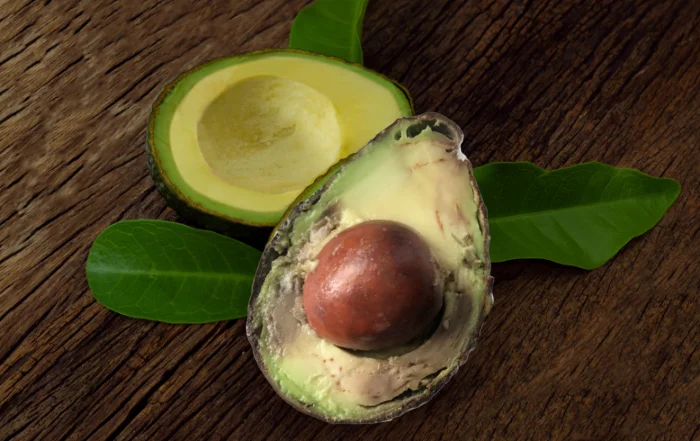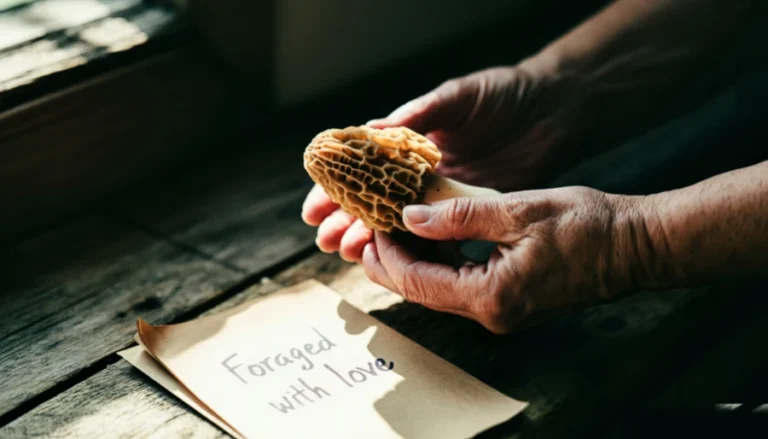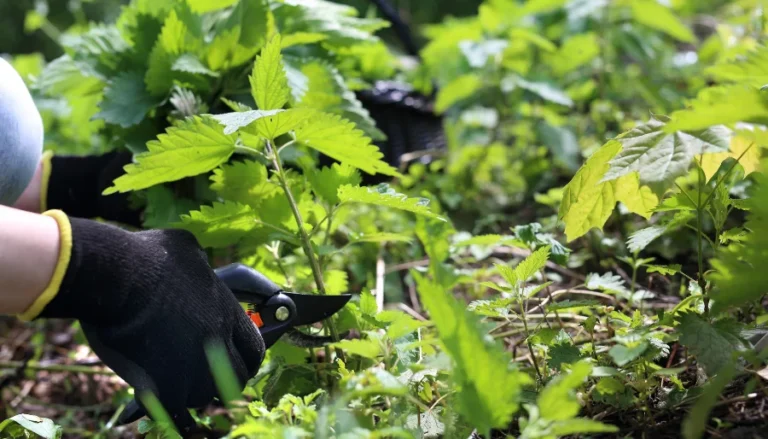Avocados, those creamy green wonders that make our taste buds dance, have a frustrating habit of turning into brown mush faster than we’d like.
But fear not, fellow avocado enthusiasts! Scientists have come to the rescue with a genius solution—a chitosan-based coating that keeps avocados fresh for extended periods.
And that’s not all—they’ve even developed an imaging technique to predict when your avocados are nearing their expiration date. Let’s dive into the details.
We all know the avocado-squeezing ritual to check if they’re ripe enough. That slight bounce-back when we gently squeeze tells us they’re ready to be devoured.
Well, producers also use similar tests to determine which avocados are sturdy enough for the journey to grocery stores. However, despite these efforts, some of these little green gems tend to spoil prematurely.
To combat this issue, researchers have been exploring methods to delay the ripening process. One such technique involves using a compound called 1-methyl-cyclopropene (1-MCP), also known as, chitosan!
The best part? It’s derived from the exoskeletons of shellfish!
So, this naturally-derived biomaterial has shown promise as an antimicrobial coating for various fruits, including our beloved avocados. Intrigued by its potential, scientists Angie Homez-Jara, Angelica Sandoval-Aldana, and their team set out to compare the effectiveness of 1-MCP and chitosan coatings in preserving avocados’ quality and shelf life.
The researchers treated commercially mature Hass avocados with either gaseous 1-MCP or water-based solutions containing different concentrations of chitosan.
They then subjected the treated and untreated avocados to chilling temperatures of 41 degrees Fahrenheit for 21 days, mimicking transportation conditions, followed by room temperature to simulate the grocery store environment until the fruits turned rotten.
Here’s what they found: Untreated avocados and those treated with either 1-MCP or a 1% chitosan-based coating maintained optimal ripeness for a solid 6 days.
However, the real star was the 1.5% chitosan-based coating, which kept the avocados in prime condition for an impressive 12 days.
There was a catch, though—these avocados had uneven firmness once ripe, along with green and purplish spots on the peel.
The researchers see this as an opportunity to further refine the chitosan coating for even better results in the future.
But wait, there’s more!
Throughout the study, the scientists took things up a notch by using hyperspectral cameras to image the entire surface of the avocados. These special cameras captured data in the visible and near-infrared spectrum.
They then compared the reflectance data from the images to various factors like firmness, peel color, oxygen consumption, and weight loss.
Through some impressive computer models and machine learning, they discovered that this imaging technique could predict the remaining shelf life of avocados.
How cool is that?
So, what does all of this mean for us avocado enthusiasts?
Well, it means that thanks to this chitosan-based coating and prediction technique, our avocados can stay fresher for longer.
No more rushed guacamole sessions or sad, wasted avocados. We can enjoy the creamy goodness for extended periods and savor every delicious bite.
More To Discover
- Oil and Corn Giants Unite in Unlikely, And Unnecessary, Alliance Against Electric Cars
- Next-Gen Solar Material Doubles Efficiency to 190% with Quantum Twist
- The Rise of Indoor Farming in Thailand Begins With Strawberries
- How Chinese Gold Mining is Ravaging Cambodia’s Endangered Wildlife Sanctuary And No One Will Stop Them
Now, before all of us guacophiles (don’t look it up) can ditch our avocado anxiety, keep in mind it’ll be at least five years before anything commercially useful comes from this research.
So, in the meantime, here’s a quick video from the official YouTube channel of California Avocados to help you out.




















